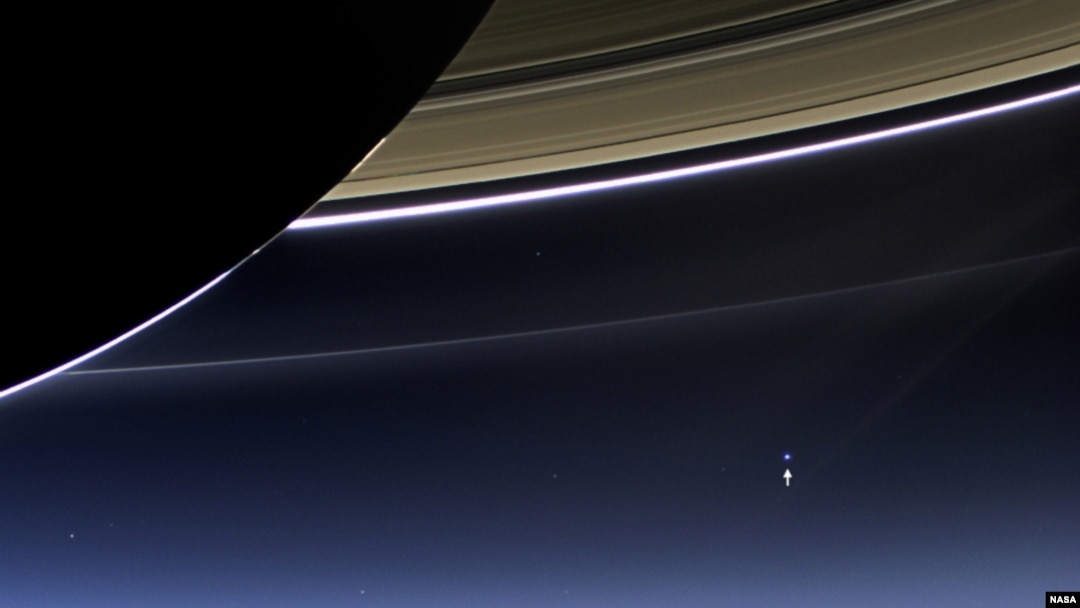NASA’s Cassini spacecraft has captured some rare images of Earth and its moon as seen from Saturn, about 1.5 billion kilometers away.
The photos were taken on July 19, with the Earth appearing as a pale blue dot and the moon a smaller white dot between Saturn’s rings.
"We can't see individual continents or people in this portrait of Earth, but this pale blue dot is a succinct summary of who we were on July 19," said Linda Spilker, Cassini project scientist at NASA's Jet Propulsion Laboratory in Pasadena, Calif.
"Cassini's picture reminds us how tiny our home planet is in the vastness of space, and also testifies to the ingenuity of the citizens of this tiny planet to send a robotic spacecraft so far away from home to study Saturn and take a look-back photo of Earth," Spilker said.

Cassini was able to take the photo because the sun had temporarily moved behind Saturn from the spacecraft's point of view and most of the light was blocked.
The photos were taken on July 19, with the Earth appearing as a pale blue dot and the moon a smaller white dot between Saturn’s rings.
"We can't see individual continents or people in this portrait of Earth, but this pale blue dot is a succinct summary of who we were on July 19," said Linda Spilker, Cassini project scientist at NASA's Jet Propulsion Laboratory in Pasadena, Calif.
"Cassini's picture reminds us how tiny our home planet is in the vastness of space, and also testifies to the ingenuity of the citizens of this tiny planet to send a robotic spacecraft so far away from home to study Saturn and take a look-back photo of Earth," Spilker said.

This image of Earth and the moon was taken by NASA's Cassini spacecraft on July 19, 2013. Image Credit: NASA/JPL-Caltech/Space Science Institute
Pictures of Earth from the outer solar system are rare because from that distance, Earth appears very close to our sun. A camera's sensitive detectors can be damaged by looking directly at the sun, just as a human being can damage his or her retina by doing the same.Cassini was able to take the photo because the sun had temporarily moved behind Saturn from the spacecraft's point of view and most of the light was blocked.




